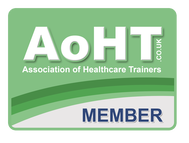|
On a number of occasions during first aid training I have been asked what the difference is between a heart attack and a cardiac arrest.
A heart attack (myocardial infarction or MI) is caused by a clot in the circulation that supplies the heart. This circulation can be likened to a tree (upside down) where it’s branches and twigs stretch around the heart supplying oxygen rich blood from the aorta to the heart muscle. It is possible to have an a heart attack where the pain is transient and not even realise the significance or potential diagnoses. This usually happens when the clot forms in one of the smaller branches of the circulation. So only a very small part of heart is affected. Often the pain is mistaken for indigestion and is true cause if discovered is through other tests any time after the event. In the classic heart attack where the pain is heavy and crushing, the patient is pale and clammy and often feels sick and / or short of breath. Pain may also appear to moved into the jaw and left arm, however this is due to nerve pathways that were initiated during foetal development and there is nothing wrong with the arm or jaw. The clot here is in one of the bigger branches and a greater area of the heart is affected , the majority of these cases survival and have a stent fitted, which is a mesh which supports the artery and helps prevent future heart attacks with the aid of medication. However a heart attack of this level can lead to a cardiac arrest. The last scenario is when the clot stops in one of the larger branches this stop a large portion of the heart from working and the patient immediately has a cardiac arrest and needs to be resuscitated. Mostly this happens later in life due to poor diet and lifestyle choices such as over eating, smoking and lack of exercise. Although some people are born with heart problems (congenital) which if not detected and treated can predispose people to heart disease and / or cardiac arrests. There are other reasons a person may have a cardiac arrest, such as major haemorrhage, electrocution or damage to the structure or conduction system of the heart. So essentially a heart attack is damage to the heart muscle due to lack of oxygenated blood which causes pain where as a cardiac arrest is the loss of the hearts ability to pump effectively leading to collapse. There are many other factors that can affect this but this is a simplified explanation.
0 Comments
Interesting case study from "life in the fast lane" initialy appears to be a simple avulsion fracture of the lateral tibial plateau but could also include injuries to the anterior cruciate and medial meniscus with the potential of major knee joint disruption with potential for significant instability.
From https://litfl.com/ice-006-knee-injury-x-ray/ This 2nd Edition contains a wealth of new material and 46 expanded chapters including Information on Minor Injuries and Illness, Lifesaving Surgery, Environmental Problems and Tactical Considerations Life is uncertain, people who are involved in survival situations, disasters and accidents are often unprepared both in knowledge and supplies.It is hoped it will be useful to those who partake in extreme and wilderness sports and activities as well as those who are interested in survivalism and preparedness. Chris Breen is a Senior advanced clinical practitioner who served with the RAMC, a Paramedic and Clinical Tutor with additional qualifications in Trauma and Remote Medicine. Craig Ellis is a Medical doctor who trained as a Specialist Emergency Physician. He has a special interest in austere medicine and medical practice during prolonged disasters. He has both worked and taught austere medical practice.
Use code CREATE10 for 10% Discount www.lulu.com/en/gb/shop/chris-breen-dr-craig-ellis/wilderness-survival-medicine/paperback/product-1j9v47d9.html Use of Dexamethasone Link to vitamin D Deficiency Lying prone improves oxygenation Use of plasma concentrate Longevity of immunity post infection https://youtu.be/5i3uHmPv9TE In preperation for our next outdoor first aid course
In order to protect our staff and customers all participants with be given masks, gloves and single person first aid items to practice skils with. Temperature checks will be carried out on each course day and Covid-19 Declarations completed UK Study shows 1 in 3 more patients survive with Dexamethasone. A great drug we use on our expedition medicine course for treating acute mountain sickness (AMS) and other conditions
https://youtu.be/0tm-B2BBYMA The benefits of tourniquets and haemostatic dressings are well documented in military medicine. We also know that trauma is the largest cause of death in people under 45 and that there are more than 250 fatal stabbing in the UK every year. These interventions are being used with increasing frequency by ambulance personnel and police medics, but how often are they used by lay people to treat serious bleeding. If you know of any instances please comment or message us.
Excellent enhusiasm and contributions from online group today, next online seession 24th July.
https://www.survivalmedic.co.uk/store/c15/Pet_First_Aid_.html The Scenario
You are the nominated “medic” on a voluntary project in Africa (There is no altitude or malarial risk for the group). Your group consists of 24 volunteers roughly split male/female aged between 18 and 63, everyone is in good health with no significant medical or surgical history. You are planning on spending a month on the project. Nearest small rural health centre is 2 days drive away, medivac is possible but would take 24 hours to arrange and get there. All the group have a small personal first aid kit so plenty of plasters, wound dressing and over the counter medication. You have the small medical bag as illustrated approx 35x10x20cm which can contain any equipment or medication you can fit in it. We will assume your competent to use whatever you pack. What would you take ? (Suggestions or complete kit list in comments please) |
AuthorThe author is a Registered Nurse who served with the RAMC, a Paramedic and Clinical Tutor with additional qualifications in Trauma and Remote Medicine. He has had a long term interest in remote medicine and is the Medical Advisor for several groups and runs courses in Outdoor First Aid, Expedition, Remote and Survival Medicine. ArchivesCategories |
- Home
- Upcoming Courses
-
All Courses
- Outdoor First Aid
- Advanced Outdoor First Aid
- Paediatric First Aid Course
- Emergency First Aid at Work (EFAW+F) forestry
- ITC Level 3 Award in Outdoor First Aid
- Immediate Life Support (ILS)
- Expedition Medic
- Remote medical emergencies
- Award in Education and training
- First Person On Scene/Responder Courses
- CPR/BLS For Healthcare professionals
- Pet First Aid
- Mental Health in the Workplace
- Advanced First Aid Courses
- Standard First Aid Courses
- Short First Aid Courses
- Forestry and Outdoor First Aid
- Health and Safety Courses
- Introduction to Infection Control
- Online Dog and Pet Care Courses
- Contact
- Gallery
- Activities
- Products
- Resources
- Online Courses
- Recommended Reading
- Survival Medic Blog
- QUZZES
- Tactical Medical Equipment
- Expedtion Medic Refreshers
- Minor Injury Online
- Expedition Medic Weekend
Location |
|


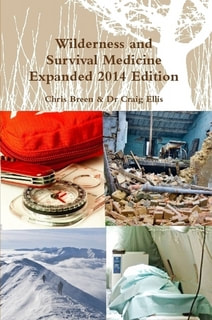
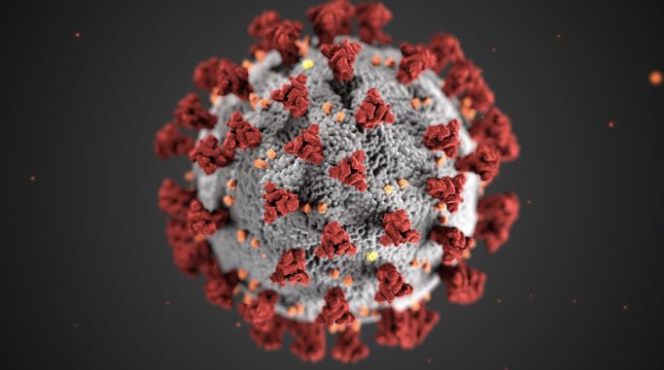

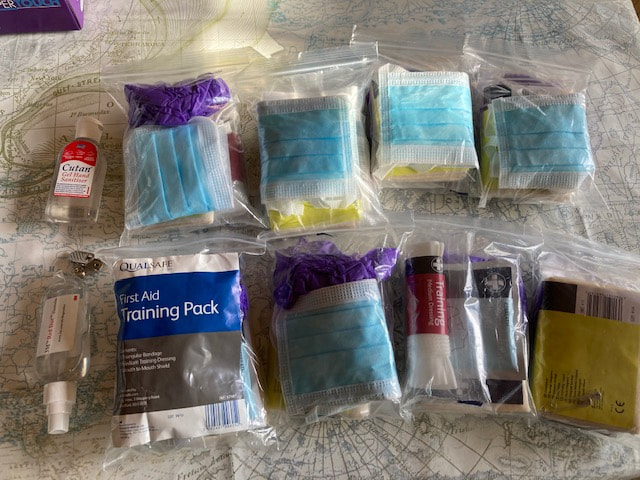

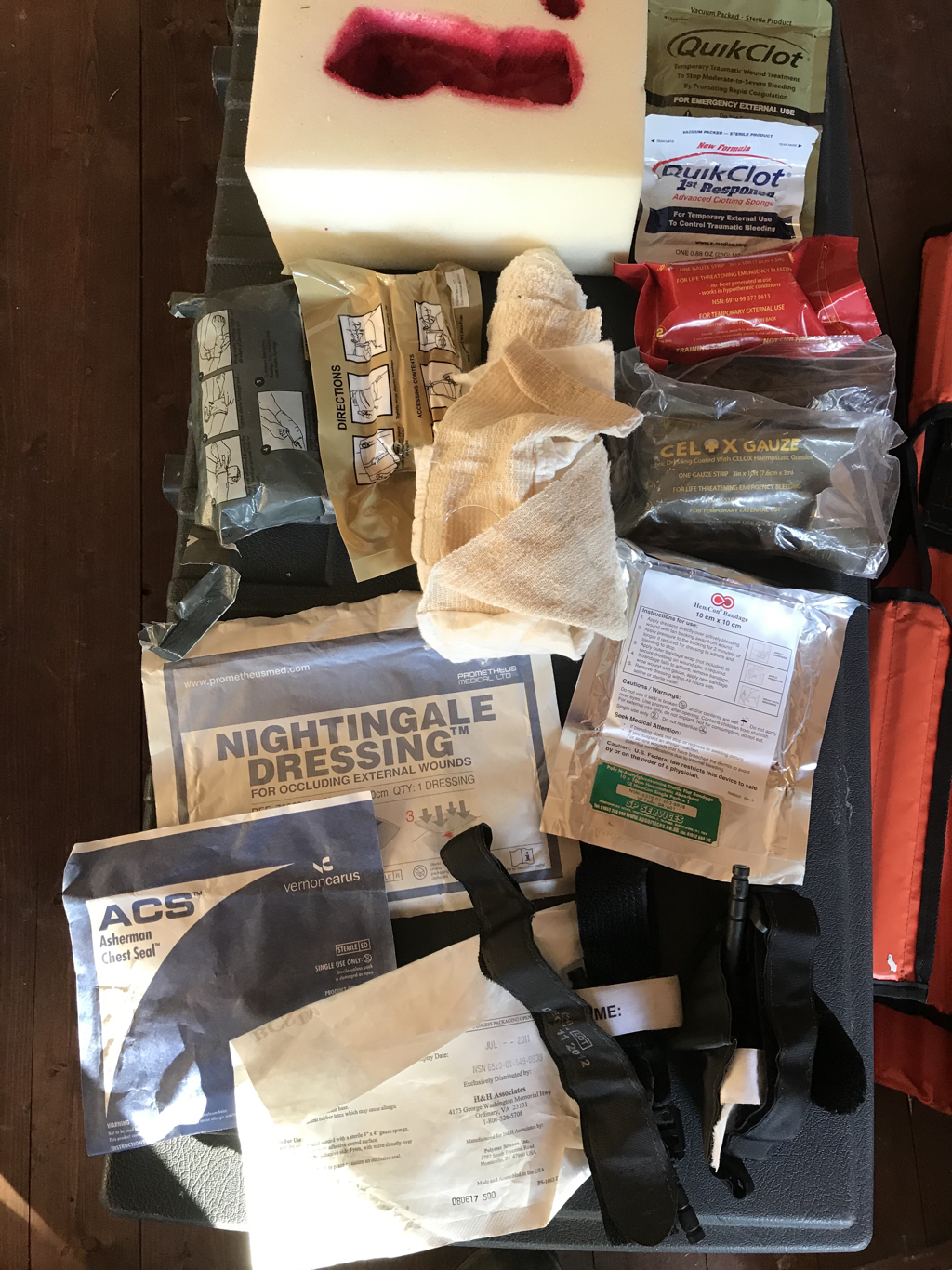
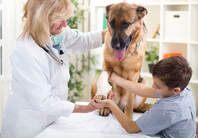
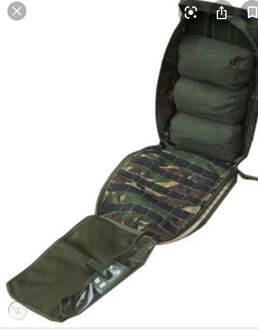
 RSS Feed
RSS Feed

